Deserts hold secrets of the Earth’s ancient history. These vast landscapes have withstood the test of time for millions of years. Each desert offers a unique mix of geology, climate, and ecosystems. Some are known for their extreme dryness, while others showcase striking biodiversity. In this article, we explore the oldest deserts in the world, each with its own fascinating story. From Africa to Asia to South America, these deserts reveal the timeless beauty of our planet.
Namib Desert

The Namib Desert is believed to be the oldest desert on Earth. It has existed for at least 55 million years, though some estimates suggest even longer. It stretches along the southwestern coast of Africa, mainly in Namibia. This desert spans around 81,000 square kilometers, reaching into Angola and South Africa. The Namib is famous for its towering sand dunes and stark beauty. Its arid conditions are a result of the cold Benguela Current along the coast. Despite its dryness, it supports unique wildlife like oryx and desert-adapted elephants.
Sahara Desert

The Sahara Desert is the largest hot desert in the world. Scientists estimate its age to be around 7 million years. It covers much of North Africa, spanning 9.2 million square kilometers. Its landscape includes sand dunes, rocky plateaus, and salt flats. Temperatures can soar during the day but drop significantly at night. The Sahara has seen various climatic changes throughout history. Today, it remains a symbol of harsh desert conditions and endless sands.
Kalahari Desert

The Kalahari Desert is a semi-arid region in southern Africa. It is about 60 million years old, making it one of the oldest deserts globally. It covers parts of Botswana, Namibia, and South Africa, spanning 900,000 square kilometers. The Kalahari is not as dry as others, featuring some vegetation and seasonal rainfall. Red sand dominates its landscape, creating a unique environment. Wildlife includes meerkats, lions, and antelopes. Its history reflects the delicate balance of life in dry conditions.
Atacama Desert
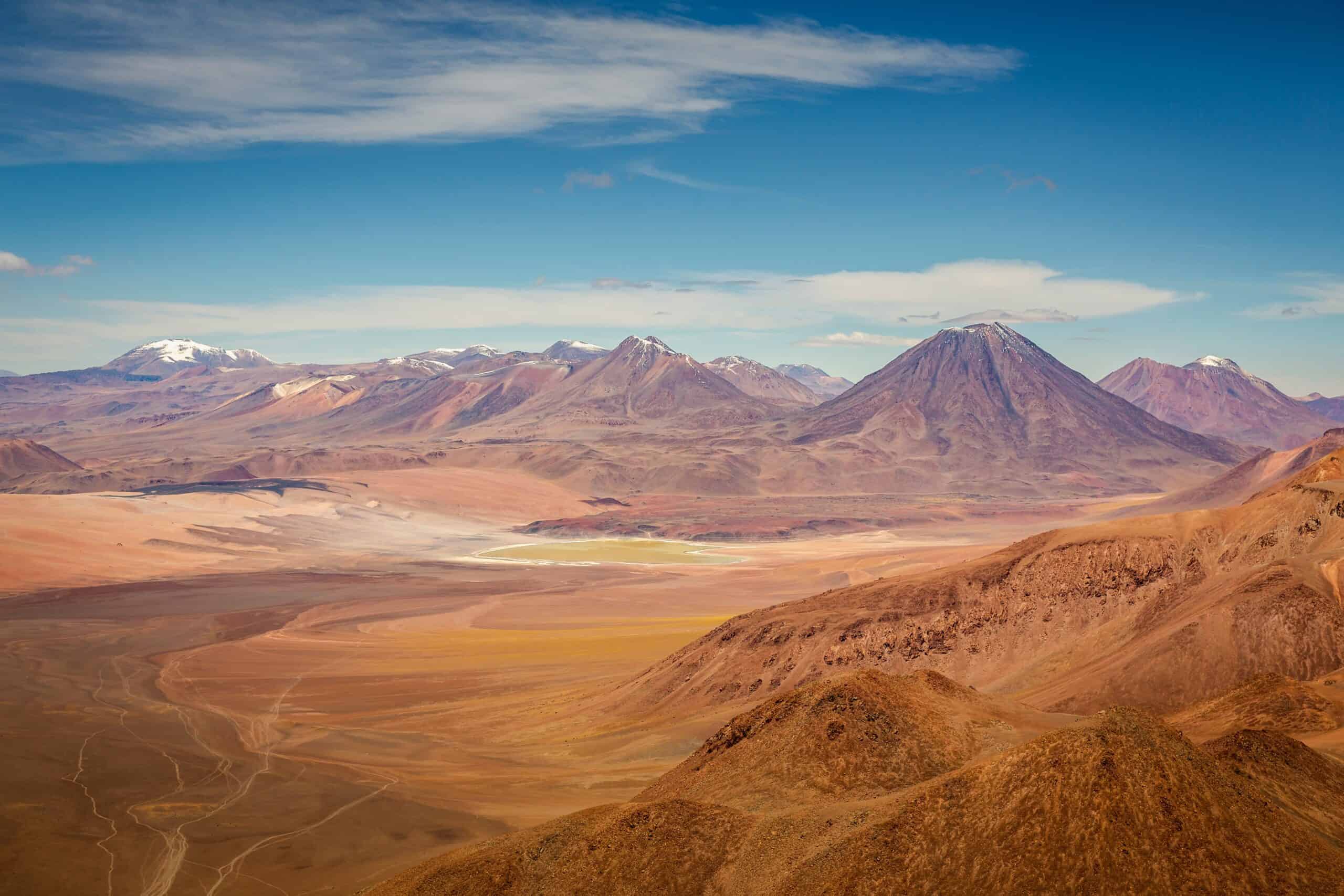
The Atacama Desert in South America is one of the driest places on Earth. It has existed for around 3 million years, though some areas may be far older. This desert stretches across northern Chile and parts of Peru. It covers approximately 105,000 square kilometers along the Pacific coast. Rainfall is almost nonexistent, yet some plants and animals thrive here. Its unique geology includes salt flats, lava flows, and high-altitude plains. Scientists often compare its conditions to those on Mars.
Gobi Desert
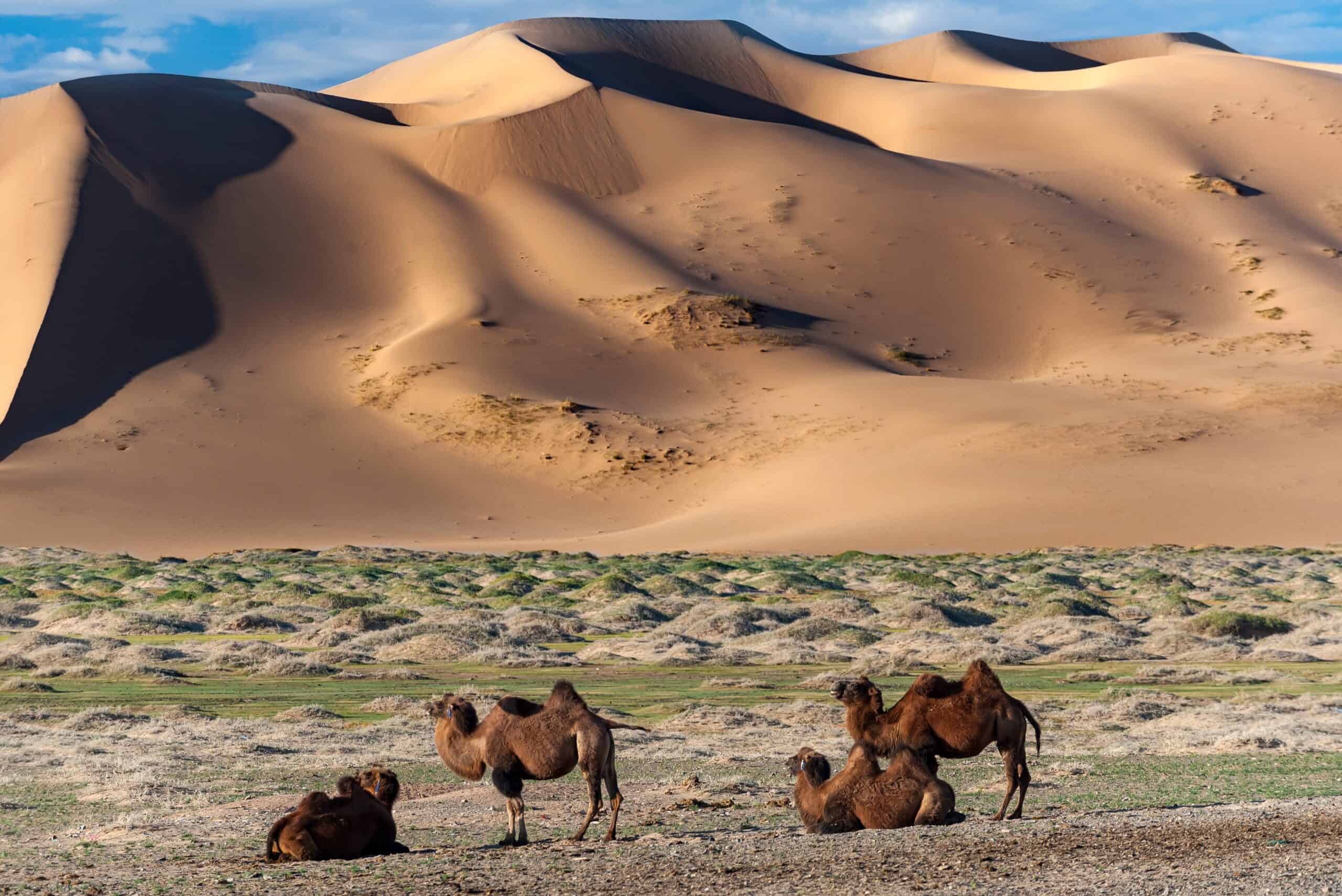
The Gobi Desert in Asia has been around for approximately 65 million years. It stretches across northern China and southern Mongolia, covering 1.3 million square kilometers. Unlike typical sandy deserts, it features gravel plains and rocky terrains. The Gobi experiences extreme temperatures, from freezing winters to hot summers. It is historically significant as part of the ancient Silk Road. Fossil discoveries here include dinosaur remains. Its vast expanse offers a rugged and awe-inspiring view of nature.
Patagonian Desert

The Patagonian Desert, also known as the Patagonian Steppe, is the largest desert in Argentina. It is believed to be around 10 million years old. It spans over 673,000 square kilometers in southern Argentina and parts of Chile. This cold desert features arid plains, wind-carved rocks, and sparse vegetation. The Andes Mountains block moist winds, contributing to its dryness. Its unique ecosystem includes guanacos and armadillos. The Patagonian Desert showcases the stark beauty of South America’s wilderness.
Thar Desert
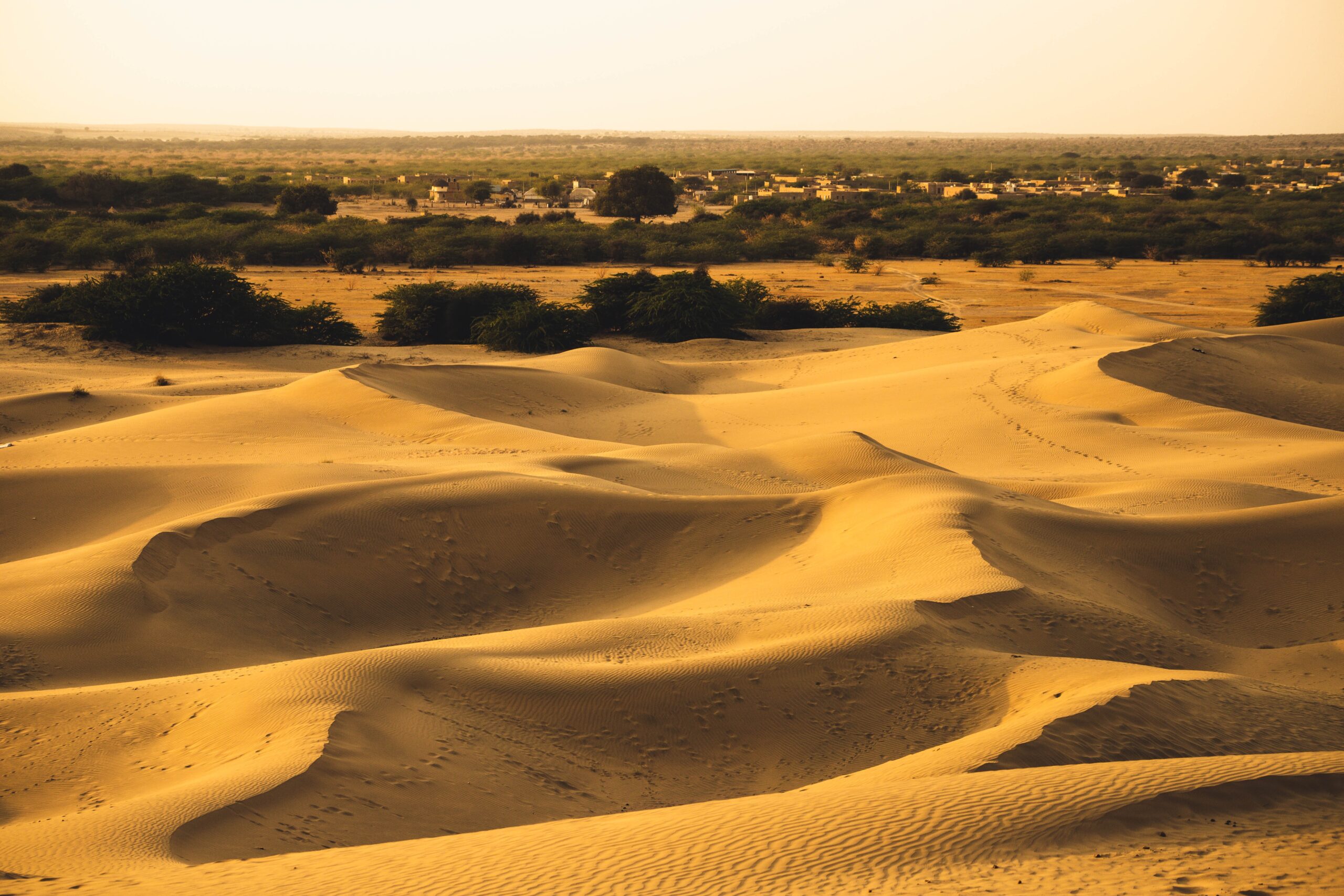
The Thar Desert, also known as the Great Indian Desert, spans parts of India and Pakistan. It is around 10,000 years old, although its sand dunes may date back 1.8 million years. Covering about 200,000 square kilometers, it is one of the most densely populated deserts. The Thar features vast sand dunes, rocky plateaus, and sparse vegetation. Rainfall is scarce, averaging less than 200 millimeters annually. It supports a mix of wildlife, including camels and desert foxes. The region also has cultural significance, hosting festivals and historic forts.
Great Victoria Desert
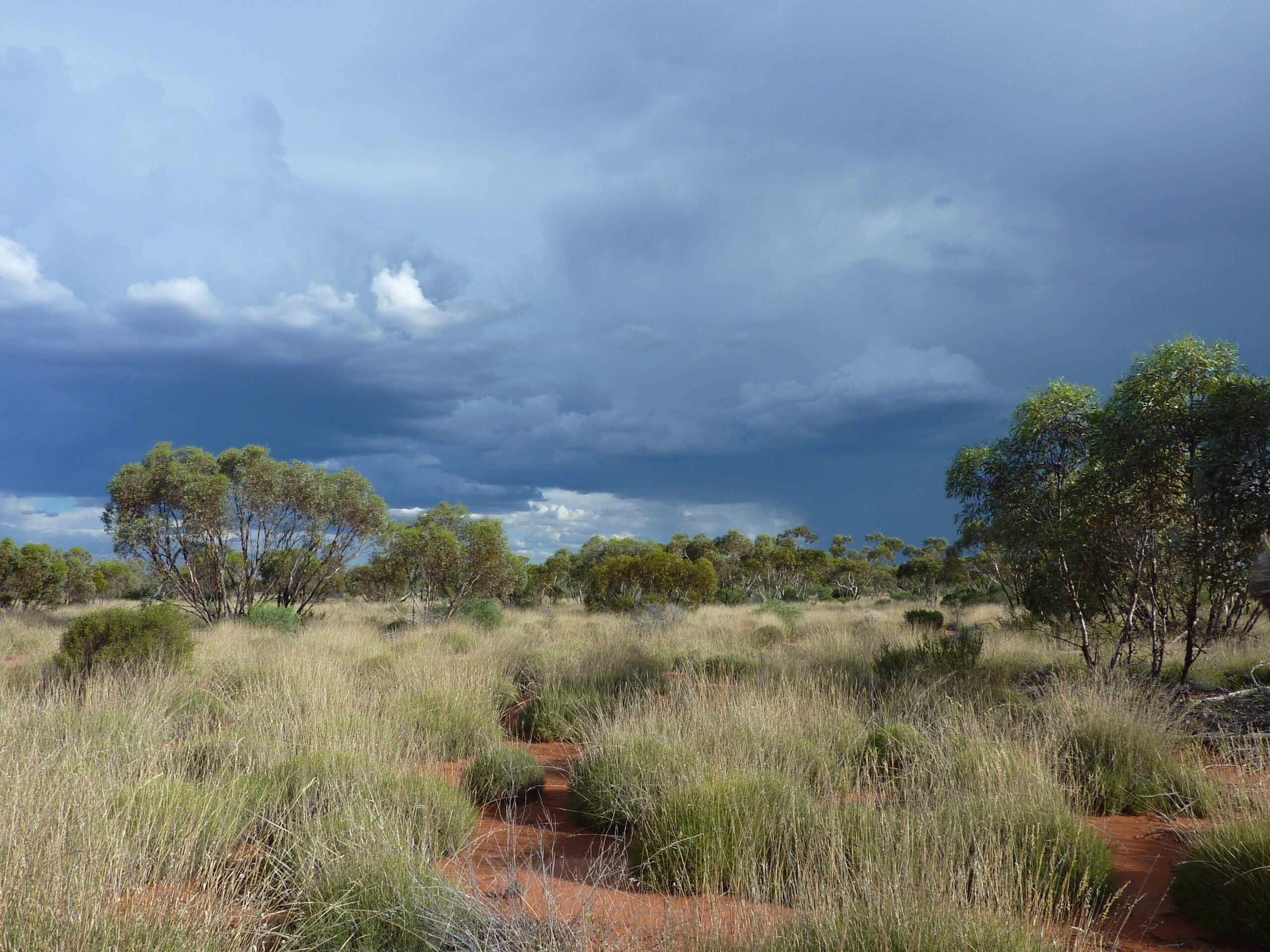
The Great Victoria Desert is the largest desert in Australia. It has existed for approximately 2 million years. Spanning 348,750 square kilometers, it covers parts of Western Australia and South Australia. Its terrain consists of sand dunes, gravel plains, and salt lakes. Rainfall is infrequent, averaging between 200 and 250 millimeters annually. The desert is home to several Aboriginal communities and unique wildlife, such as dingoes and thorny devils. It remains largely undisturbed, showcasing Australia’s arid beauty.
Simpson Desert
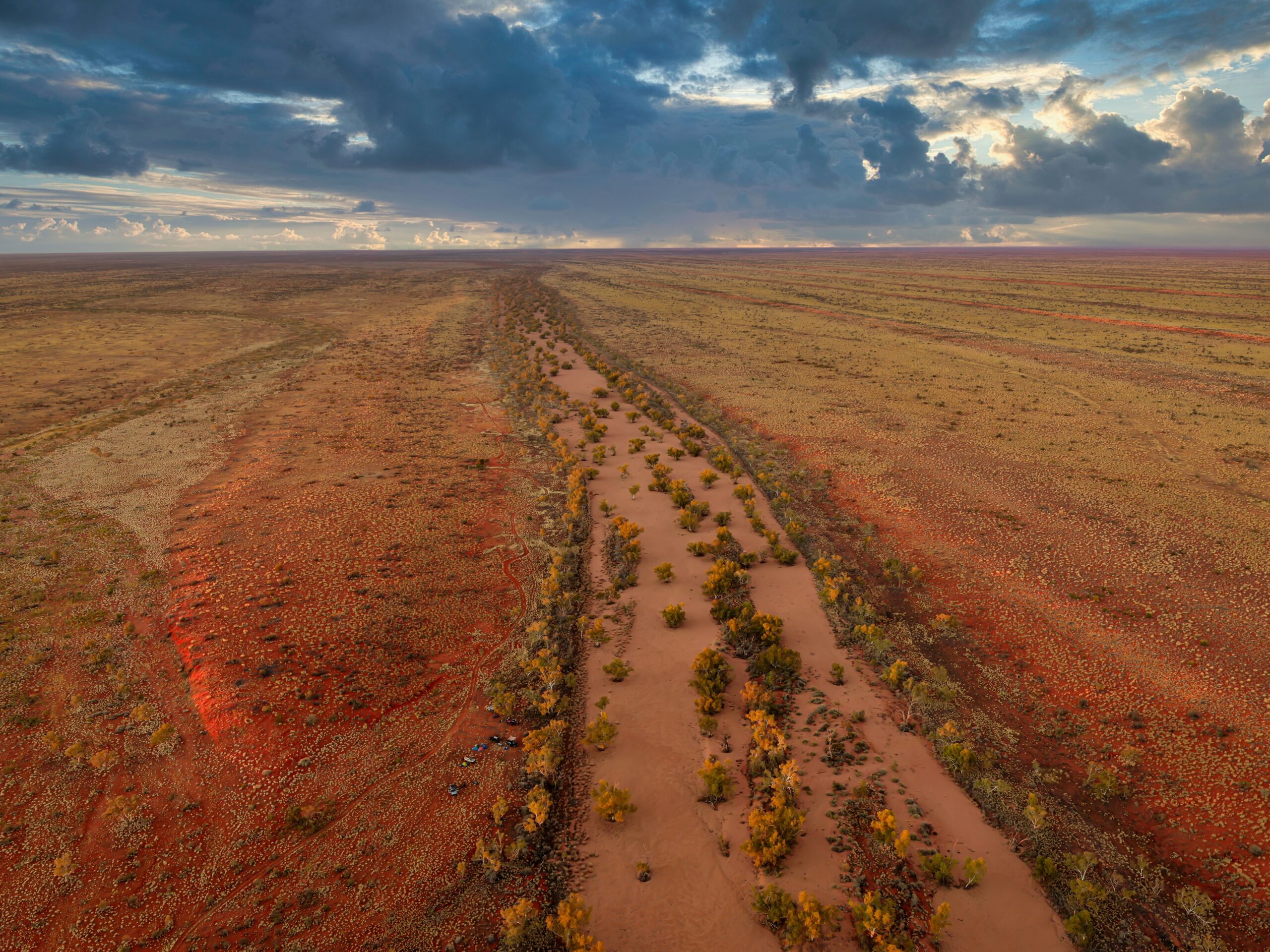
The Simpson Desert in central Australia is known for its striking red sand dunes. Its age is estimated to be over 1 million years. It spans about 176,500 square kilometers, covering parts of Queensland, South Australia, and the Northern Territory. This desert has some of the longest parallel sand dunes in the world, stretching up to 200 kilometers. Rainfall is low and sporadic, creating a harsh environment. Despite its aridity, it supports native wildlife like kangaroos and reptiles. The Simpson is a favorite destination for adventurous travelers.
Chihuahuan Desert

The Chihuahuan Desert is the largest desert in North America. It is estimated to be over 8,000 years old. Spanning 450,000 square kilometers, it covers parts of Mexico and the southwestern United States. This desert features a mix of grasslands, cacti, and rocky landscapes. Rainfall is limited but slightly higher than other deserts, supporting diverse flora and fauna. Unique species like the Mexican wolf and pronghorn antelope call it home. It is also known for its vibrant springtime wildflowers.
Sonoran Desert

The Sonoran Desert is one of the hottest deserts in North America. Its age is estimated to be about 15,000 years. Spanning 260,000 square kilometers, it stretches across parts of Arizona, California, and Mexico. The desert is known for its iconic saguaro cacti, which can live for over 150 years. Rainfall occurs during two distinct seasons, making it surprisingly biodiverse. Wildlife includes species like coyotes, javelinas, and Gila monsters. The Sonoran Desert’s unique ecosystem is a treasure trove for ecologists.
Mojave Desert

The Mojave Desert is located in the southwestern United States. It is estimated to be about 2.5 million years old. Covering 124,000 square kilometers, it spans parts of California, Nevada, Arizona, and Utah. The desert is famous for landmarks like Death Valley, the driest and hottest area in North America. Its vegetation includes Joshua trees, which are exclusive to this region. Rainfall is sparse, with less than 250 millimeters annually. The Mojave is a hub for stargazing and outdoor exploration.
Great Basin Desert

The Great Basin Desert is the largest desert in the United States. Its age is estimated to be around 12,000 years. Spanning 492,000 square kilometers, it covers Nevada and parts of surrounding states. Unlike most deserts, it is a cold desert, with snowy winters and hot summers. The landscape features sagebrush, salt flats, and mountain ranges. Rainfall is minimal, averaging less than 200 millimeters annually. The Great Basin Desert’s rugged terrain offers a stark, timeless beauty.
This article originally appeared on Rarest.org.
More from Rarest.org
10 Oldest Synagogues in the World

Synagogues have served as essential centers of Jewish worship, community, and cultural life for thousands of years. Read More.
10 Largest Law Firms in the World

Law firms play a critical role in the global economy, providing legal services across various industries and sectors. Read More.
11 Rare Reptiles Struggling to Survive in Fragmented Habitats
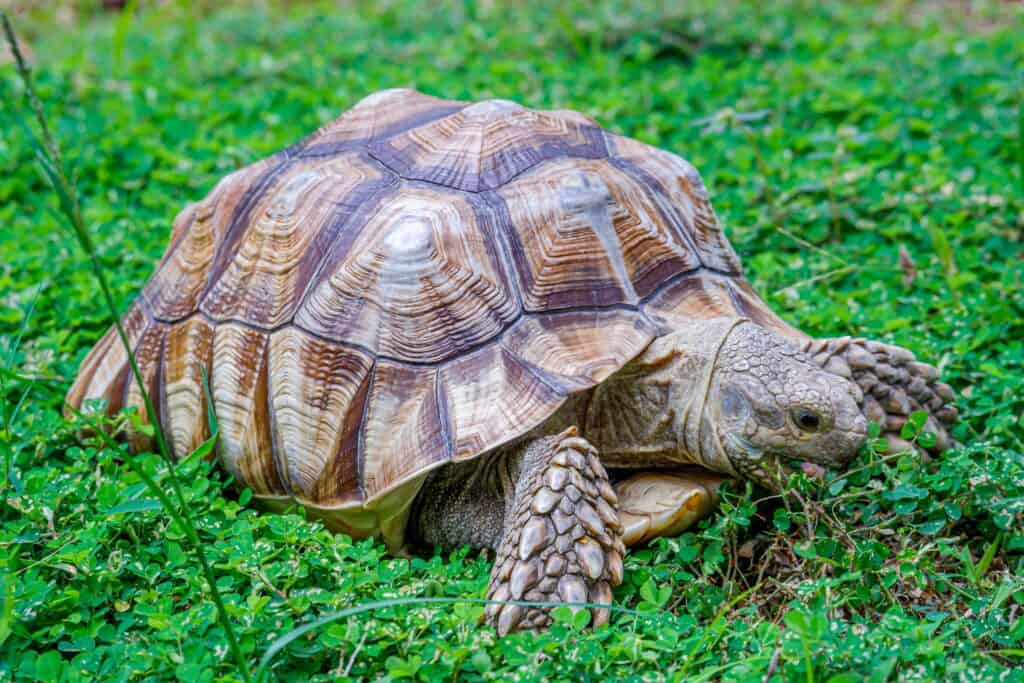
Fragmented habitats pose serious challenges for some of the world’s rarest reptiles. Human activities such as deforestation, agriculture, and urbanization have drastically reduced the areas these species once thrived in. Read More.
